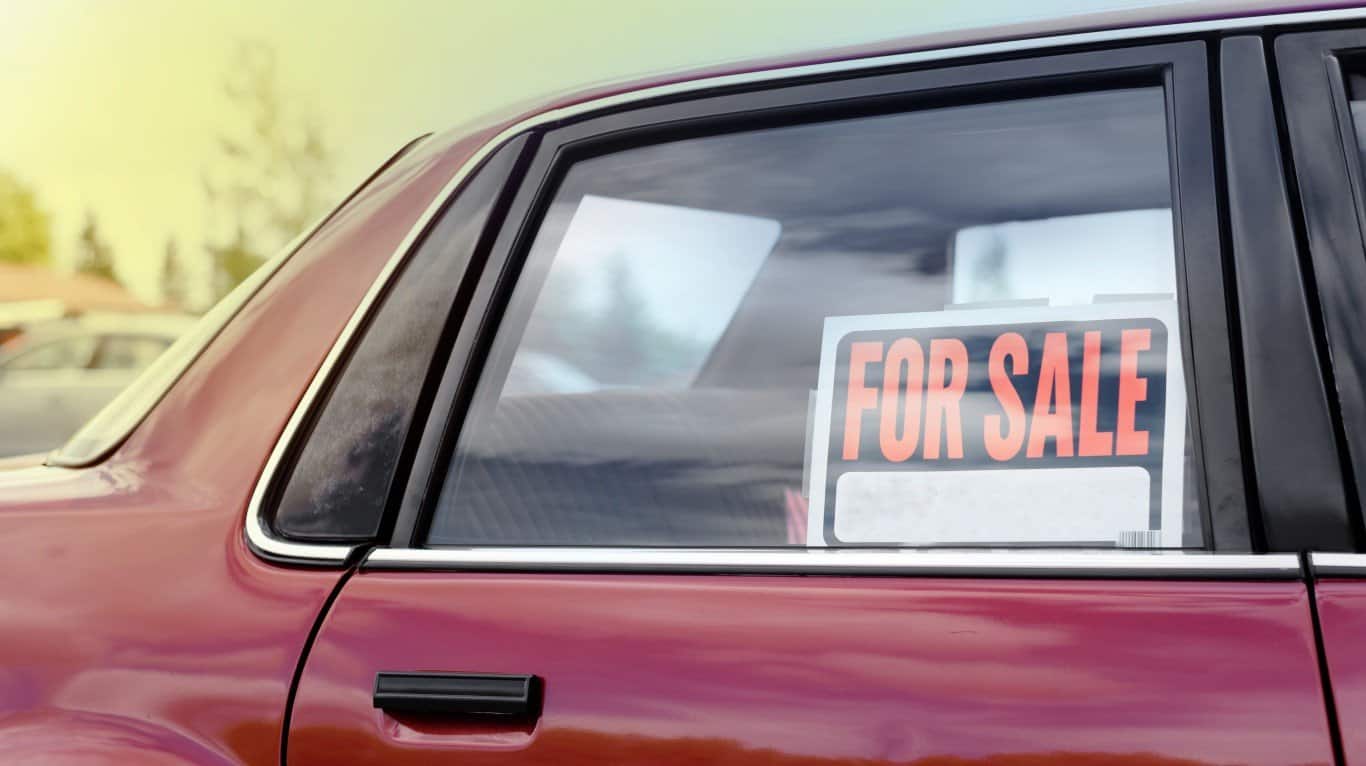Buying a used car can be a dance between buyer and seller. The buyer is trying to get the best price for the least amount of work and you are hoping for the same in the inverse. Though classic used car problems like sawdust in the engine are pretty rare in the modern world, that doesn’t mean it’s smooth sailing. There are plenty of warning signs to notice on used cars. In this article, we will explore 10 red flags to watch for when buying a used car.
To compile a list of the red flags to watch for when buying a used car, 24/7 Tempo consulted a range of insurance and car publications including Consumer Reports and Capital One. Next, we selected the most common issues buyers of used cars face. After that, we consulted sites like NHTSA to confirm specific aspects of car registration and titling. (For red flags when eating out, explore different things you should walk away from if noticed in a restaurant.)
Car Title
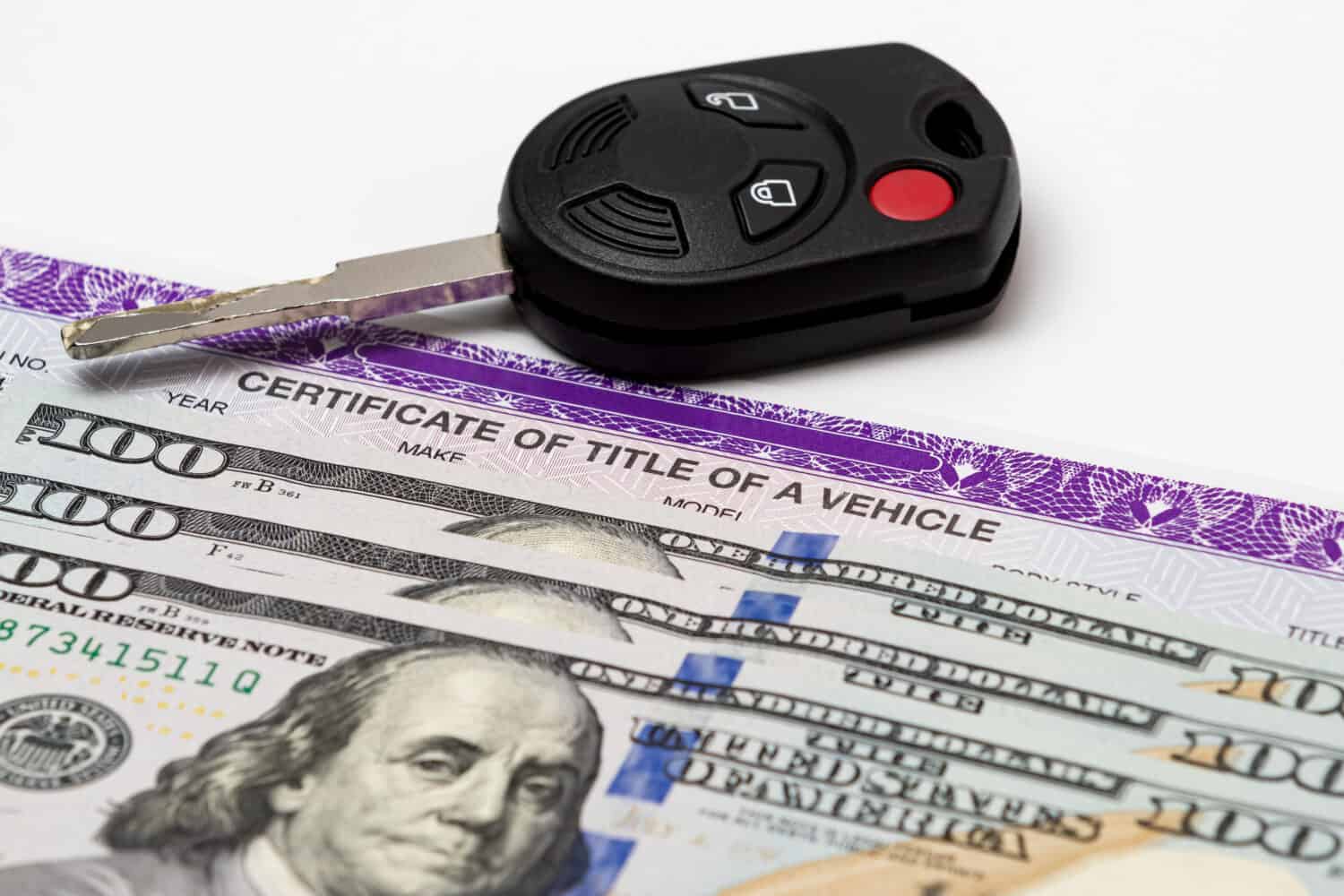
One of the biggest red flags to watch for when buying a used car is if the seller doesn’t have a title. Indeed, if you go looking to buy a used car and the seller of the one you have an eye on doesn’t have a title, it will only cause you headaches. Put simply, without a car title it can be difficult to register the car at all.
What’s more, a car title, specifically state title documents, discloses important information about the vehicle’s history. It will note if the car has ever been wrecked, acquired flood damage, or was bought used under a state lemon-law program. Either way, a car title is an important aspect of buying a used car.
Lack of Vehicle History Report
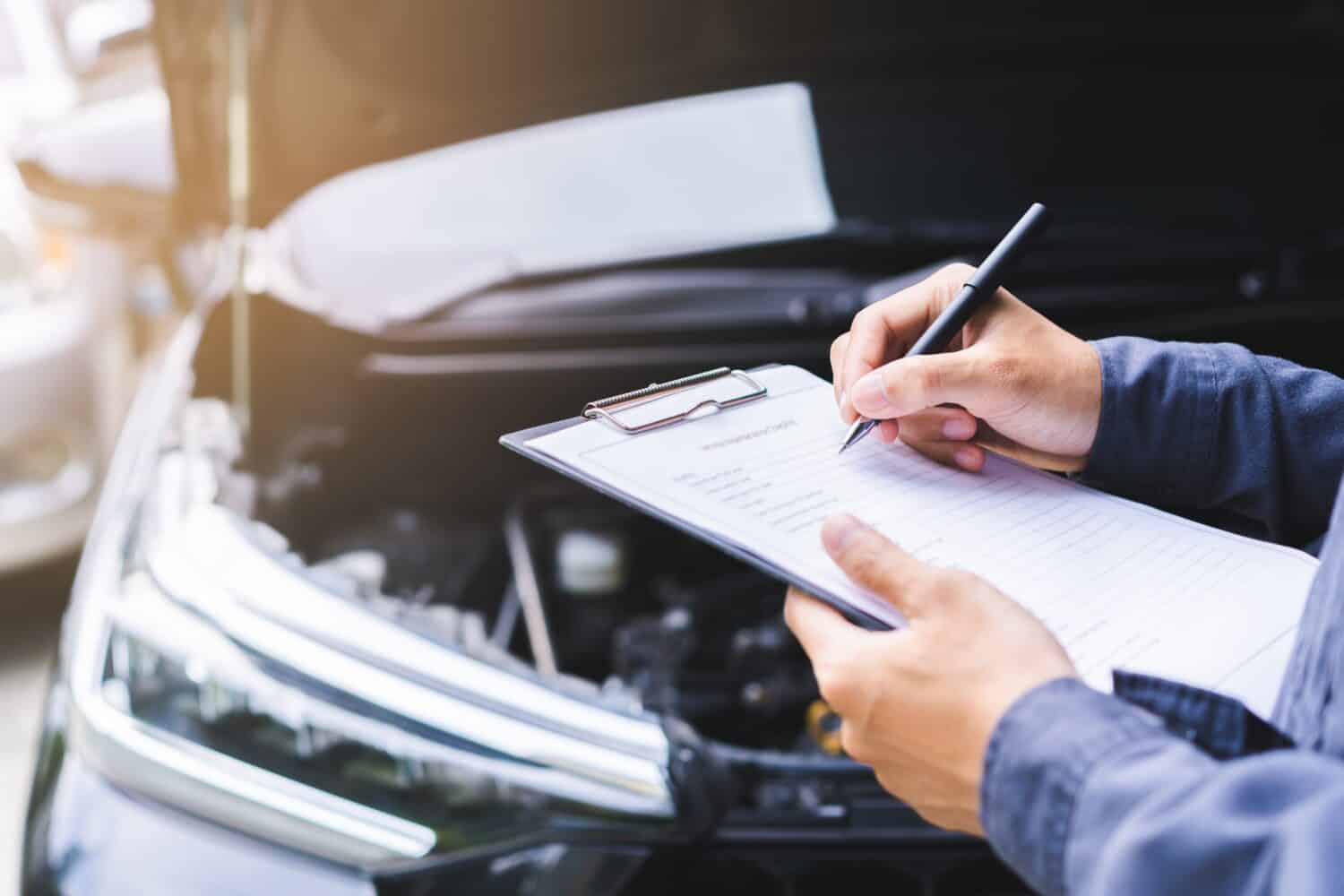
Another red flag to watch out for when buying a used car is if there’s a lack of vehicle history report. Services like Carfax or Autocheck normally produce these reports. They give specific information on the history of the vehicle. Indeed, it should contain information about who has owned the car, its maintenance records, and if it’s ever been in a crash.
A note on this, however. Vehicle history reports aren’t always perfect records. Often they miss important information about previous accidents as well as other information that the car buyer must know. So, even if the car does have a history report, you are best off thoroughly checking the car yourself. Better yet, take it to a good mechanic.
Car Has an Open Recall
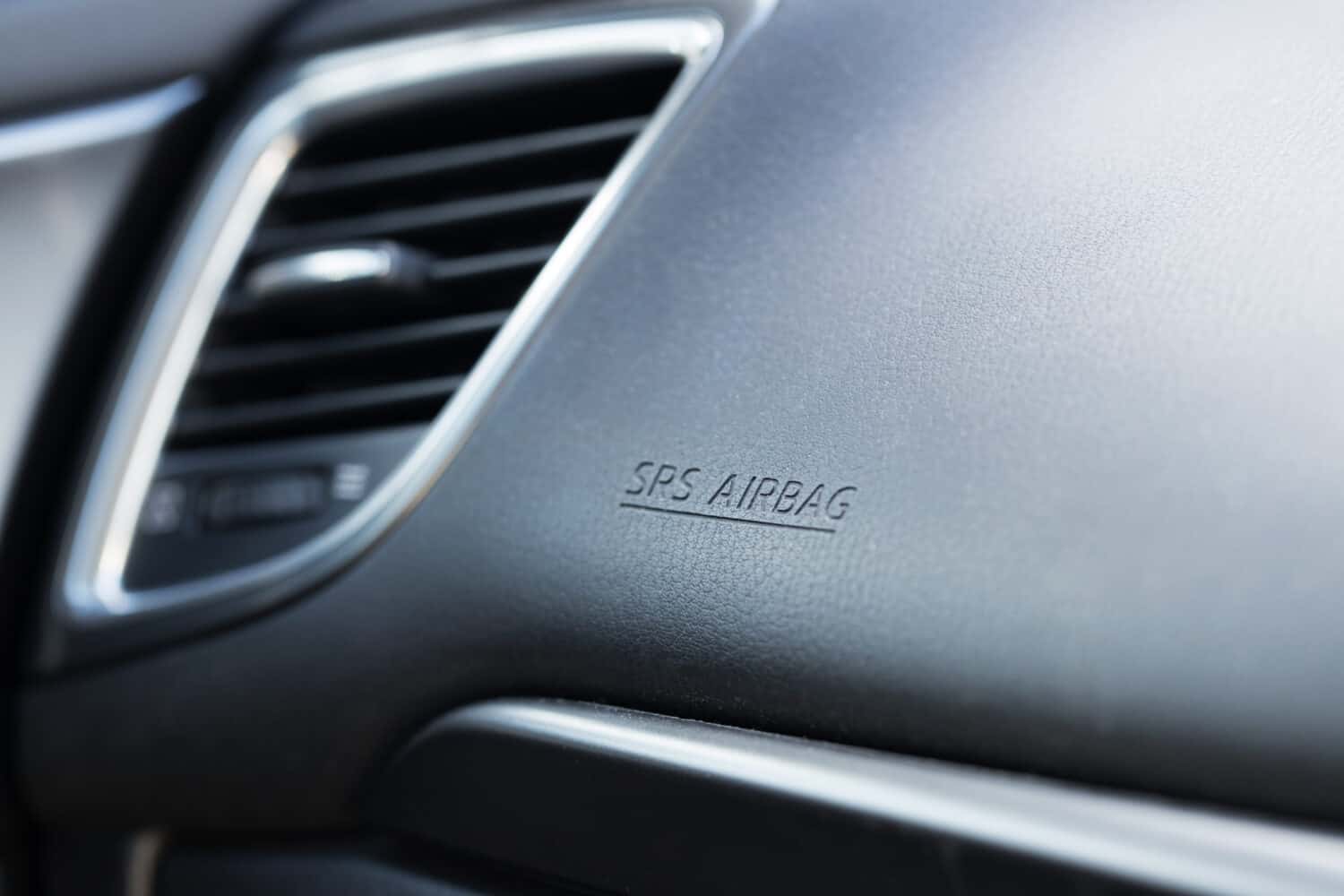
Another one of the red flags to watch out for when buying a used car concerns open recalls. When a problem is endemic to a car model, suppliers will announce a recall. This encourages owners to return the car so the widespread issue can be fixed. If you find out the car you’re intending to buy has a recall, it’s best avoided.
A quick way to find out the recall status of a given car is to look up its 17-digit identification number called a VIN. This will tell you if the car has ever had a recall. Normally, an above-board seller should fix any recall issue before selling their car. If not, and you walk away with a car under recall, you can take the car to its brand dealership to address said issues free of charge.
Rust
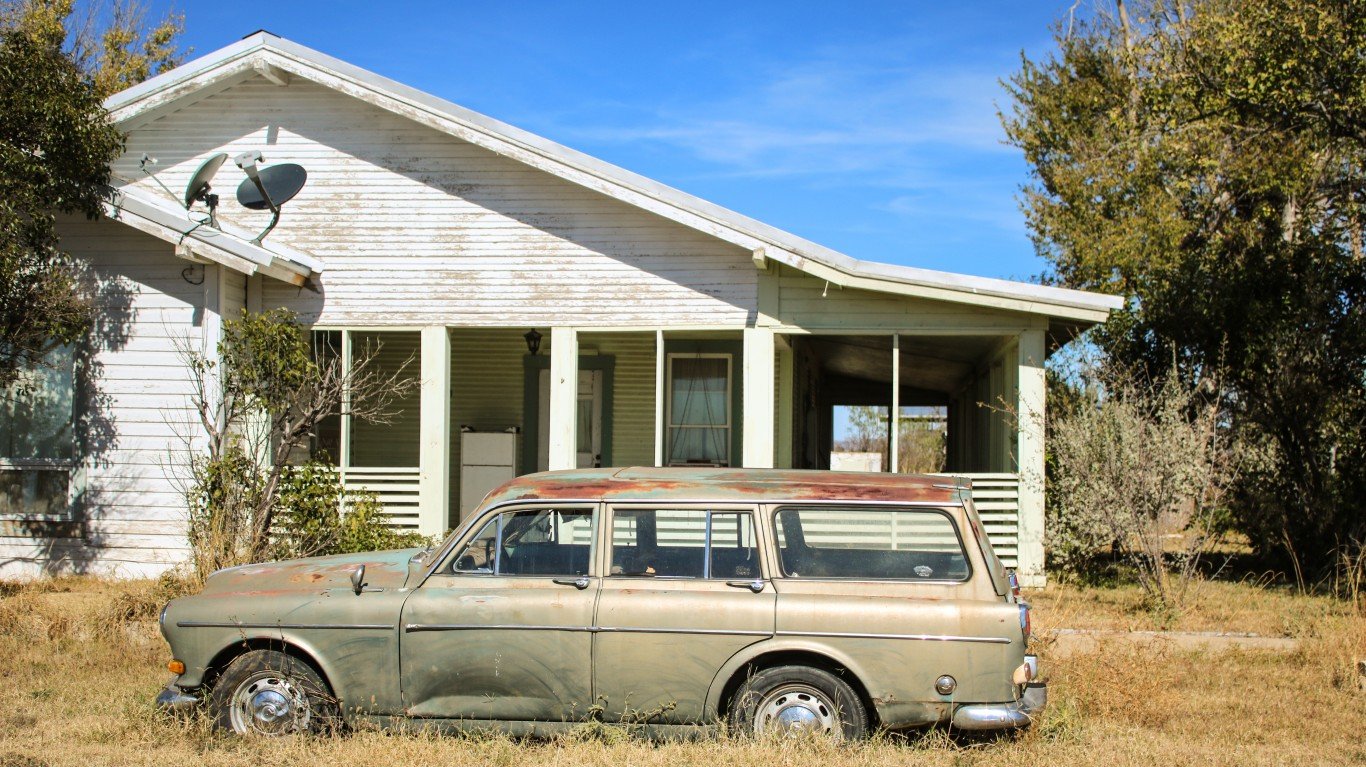
Another one of the red flags to watch out for when buying a used car concerns evidence of rust. Rust itself can be a cause for concern. It signals some type of prolonged exposure to salt, air, or water. Furthermore, any sign of rust can be extremely difficult to get rid of and lowers the value of the car.
Plus, a small sign of rust on the outside of the car can imply further damage. Much like bugs or cockroaches, seeing one sign of rust often suggests further rust damage lurking in harder-to-access or not easily visible parts of the vehicle. The last thing you want is an engine compartment fully rusted over. It’s bad for the car and worse for its value. (Discover the 25 most iconic film and TV cars.)
Spongy Brakes
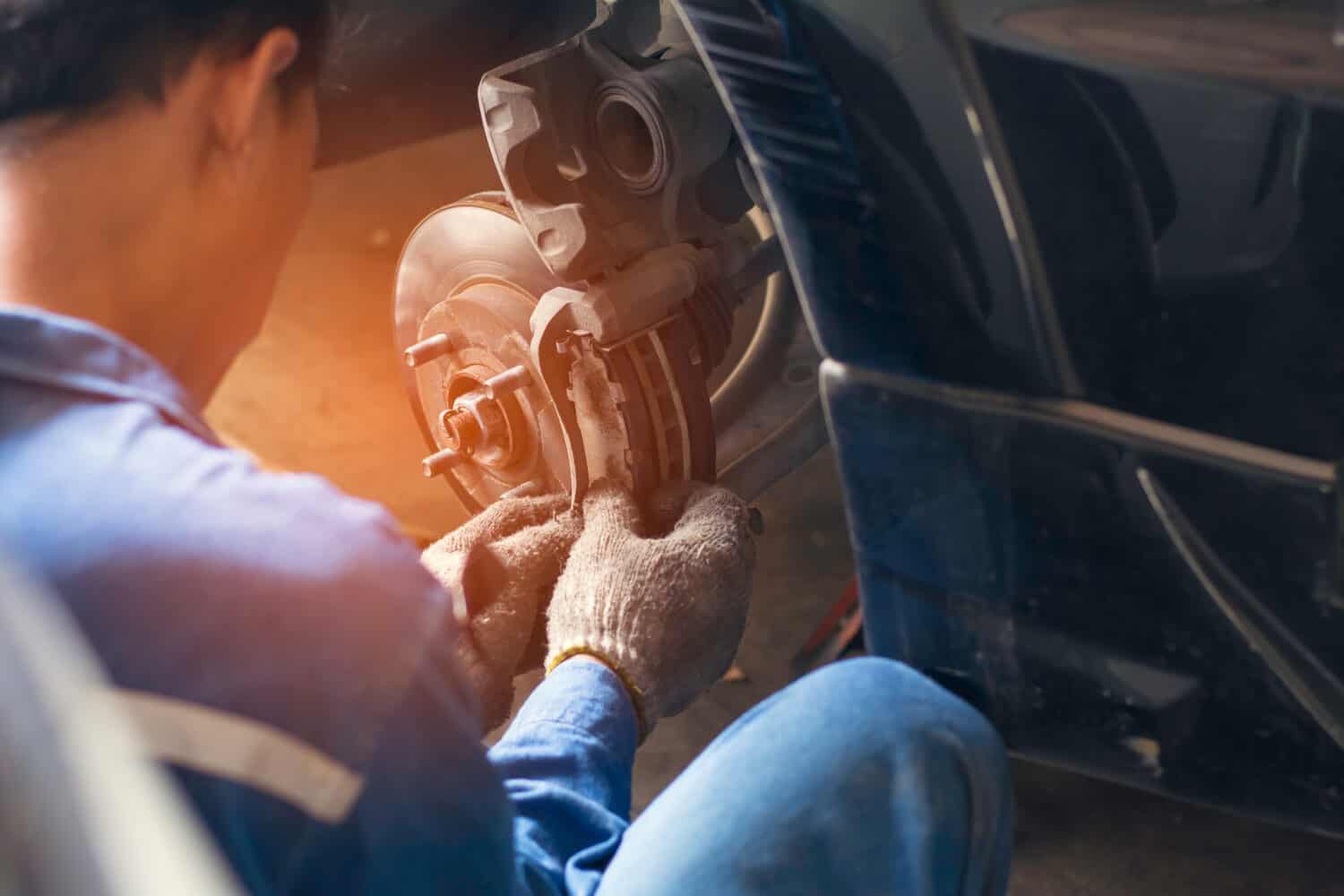
Let’s say you find a used car that strikes your fancy and you go out to test drive it. It starts up fine, but when you are approaching a stop and tap on the brakes, something feels off. This is a critical component of the car. What’s more, any sign of dysfunction can spell trouble for the vehicle’s overall health.
Two things should raise alarm. First, if the brakes feel mushy or spongy when tapped. Second, if it takes longer to fully press the brake pedal down to activate the expected breaking effect, this is a problem. It can mean a couple of things. First, it might just be a small problem solved by “bleeding” the brakes or flushing brake fluid. If not, it could be a failed brake master cylinder or suggest a need for new brake pads. These are expensive fixes and not something you want to inherit with a previously owned car.
Uneven Body Panels
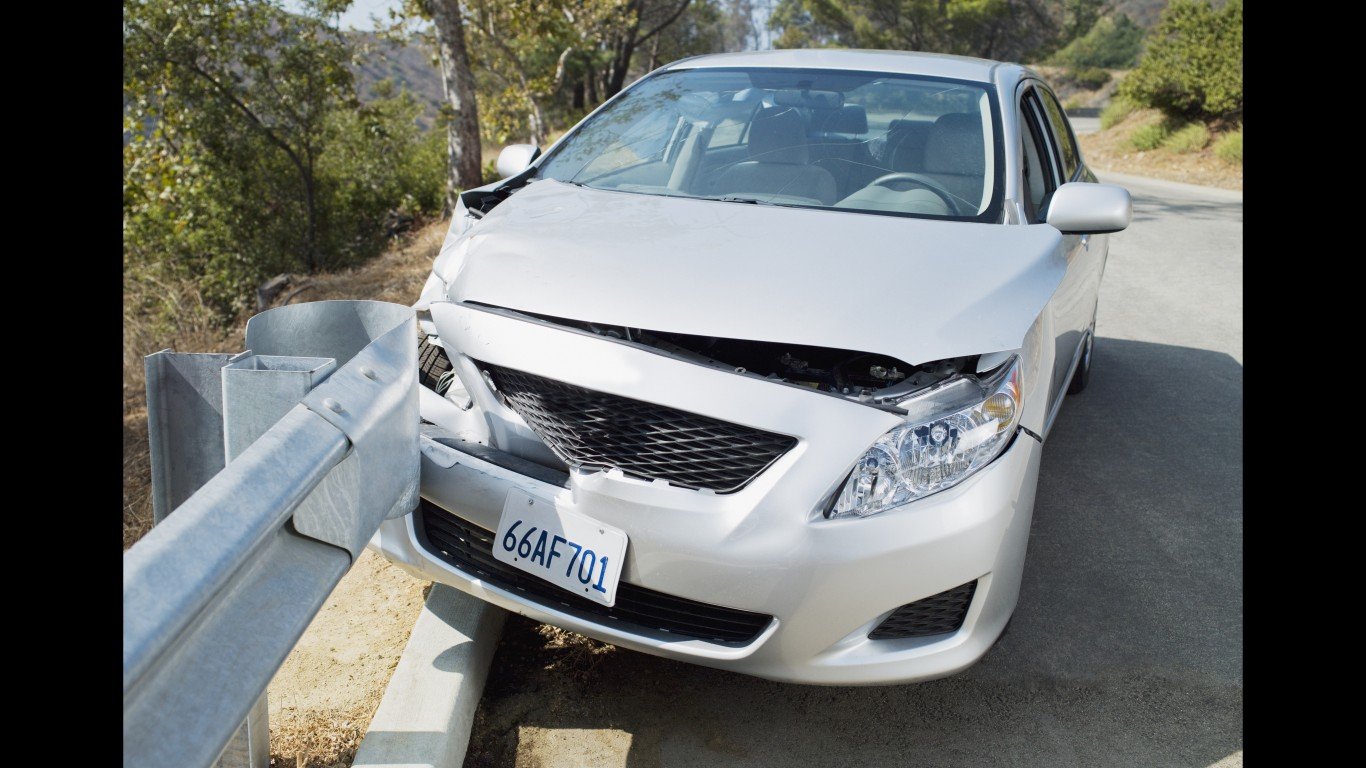
Another one of the red flags to watch for when buying a used car is any evidence of uneven body panels. If you go to check out a used car with the intent to purchase, and you notice something off about the panels that make up the body of the car, you’ll want to grill the seller about the discrepancies.
Any hint of different or misaligned body panels, or even a slightly different shade of paint, should cause concern in the prospective buyer. Different body panels usually suggest a crash once took place and were repaired haphazardly. Even if it seems superficial, there’s a chance said crash affected the structural integrity of the overall vehicle.
Worn-Out Shocks
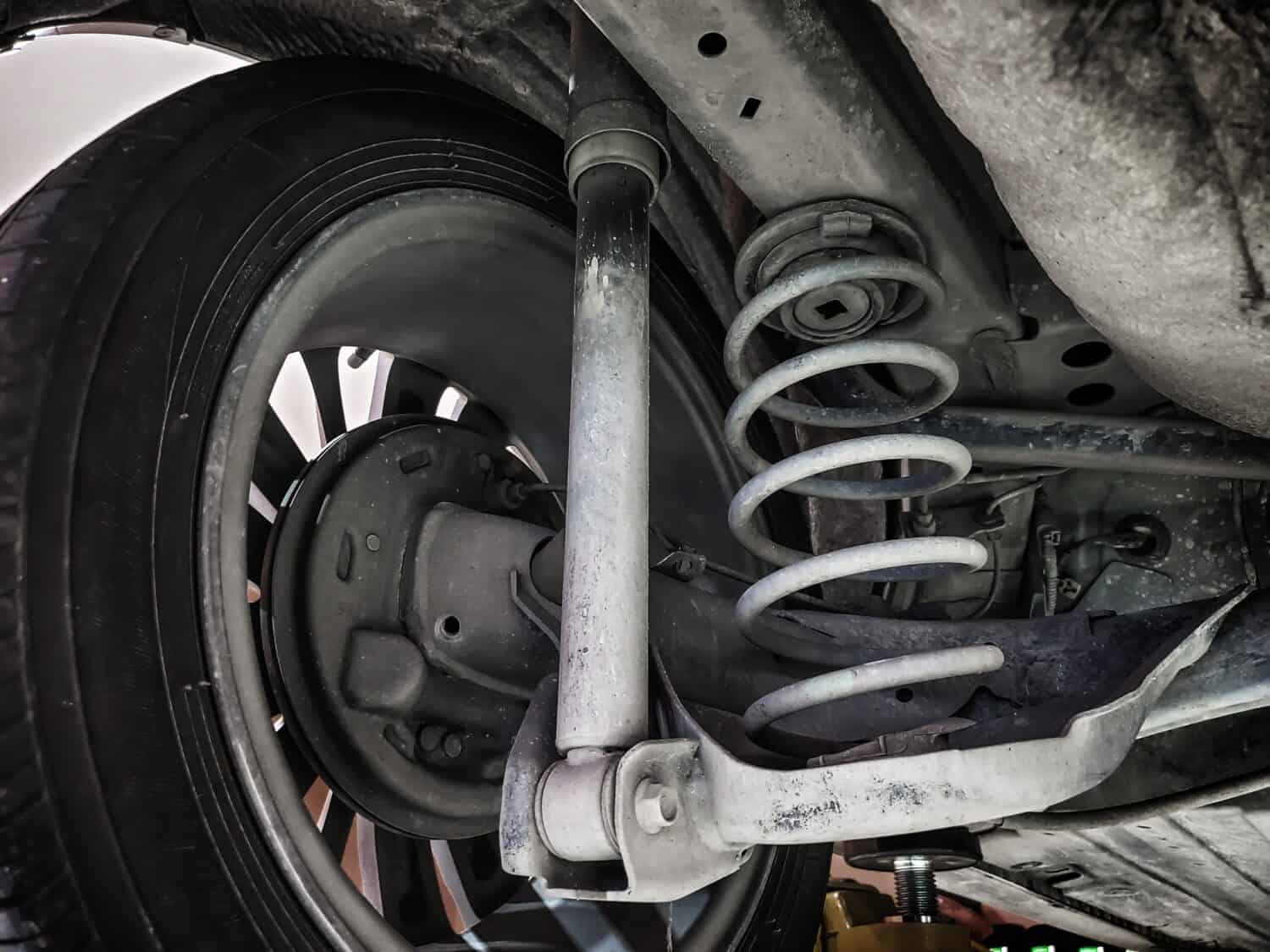
Another one of the big red flags you should watch out for when buying a used car is evidence of worn-out shocks and/or struts. When checking out a used car for purchase, you should go to each quadrant of the car and push it down. If the car has good shocks, it should bounce back up towards you once.
If this test causes the different corners of the car to kind of bounce back and forth a bit or up and down, it means the shocks are probably in need of repair. Shock repairs can be a very expensive replacement, and it’s not the kind of damage you want to inherit with a used car.
VIN Matching
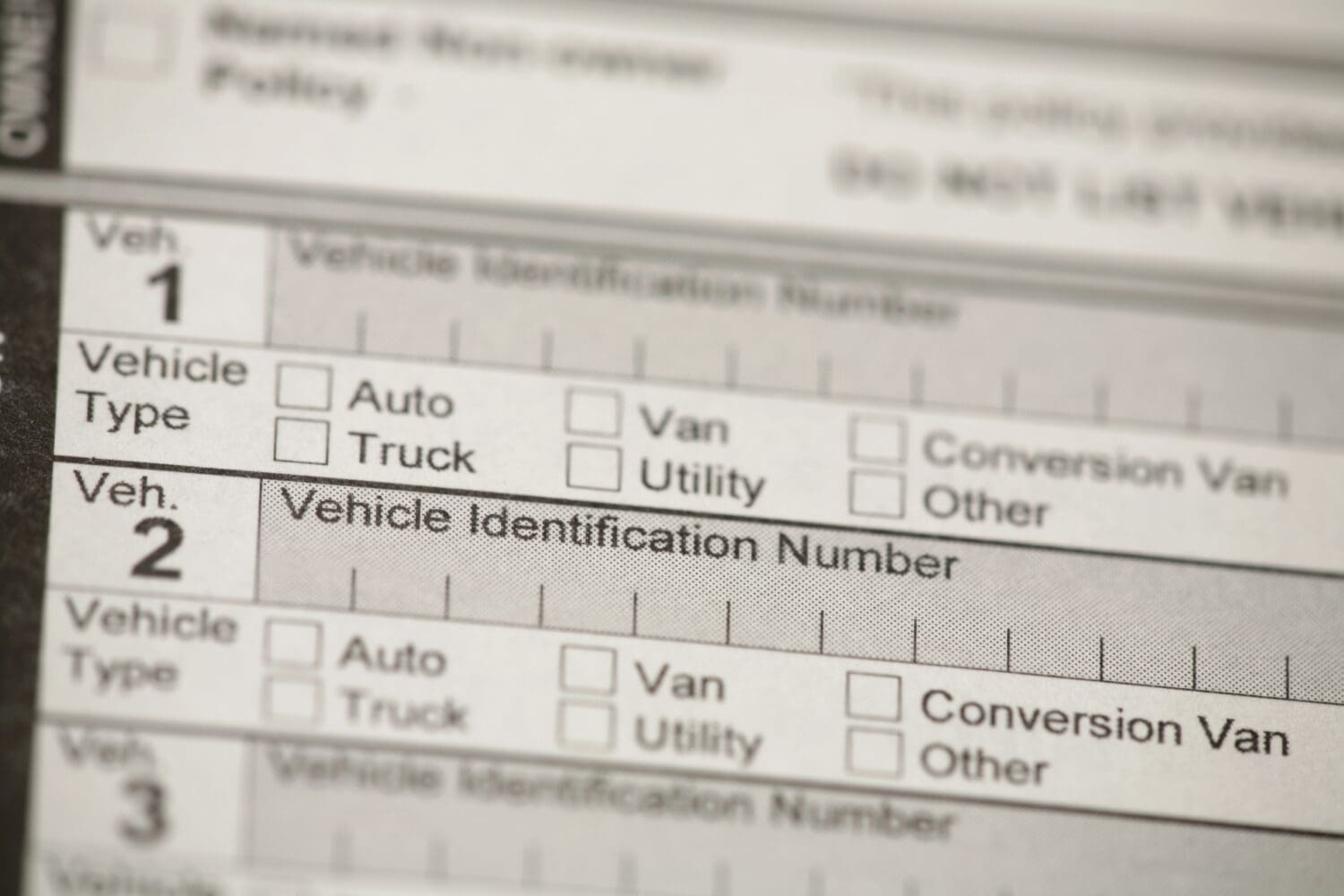
Another one of the major red flags to watch out for when buying a used car concerns the vehicle’s specific Vehicle Identification Number (VIN). When speaking to the buyer, ask to see the VIN documentation on the title. That way, you can compare it with the VIN that is on the vehicle itself. If it matches, you’re in the clear.
However, if the VIN doesn’t match the VIN on the documentation, don’t panic just yet. If the number is off by just one, this could have been the result of an input error. If the VIN is completely different from the one on the title documentation, the car might be stolen.
Flood Damage
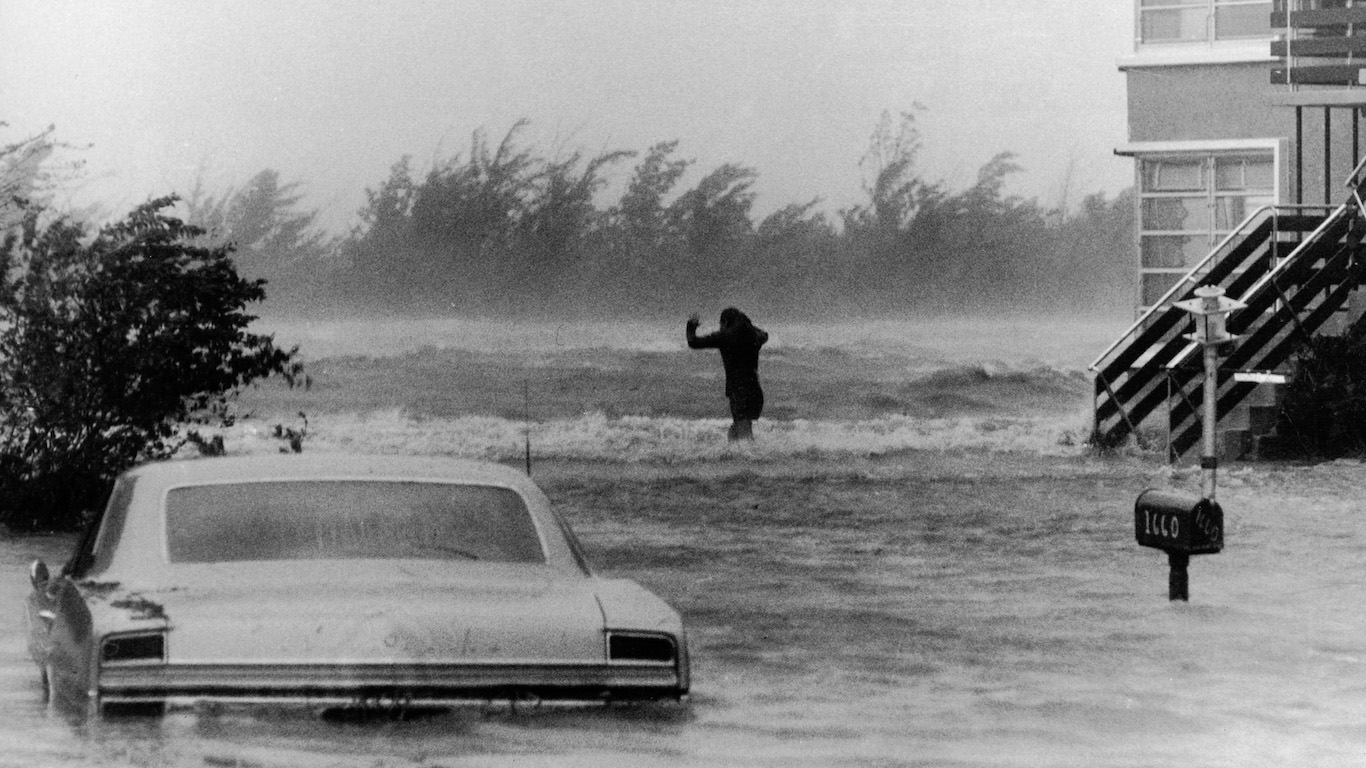
Another one of the red flags to watch out for when buying a used car is any sign of flood damage. Water can often be a kryptonite for a car, and any sufficient flooding can ruin or total a car completely. That’s why it’s important to look for any evidence of flood damage to the vehicle.
This can show itself in several ways. First, if discolored carpeting shows in the interior of the car. Second, as silt or sediment running up the sides of the trunk. It can also show rust damage to screws or rails below the front seat. Since water can destroy important aspects of the vehicle like its electronic systems or even its lubricants, it’s best to thoroughly check for moisture or flood damage.
Mold Smell
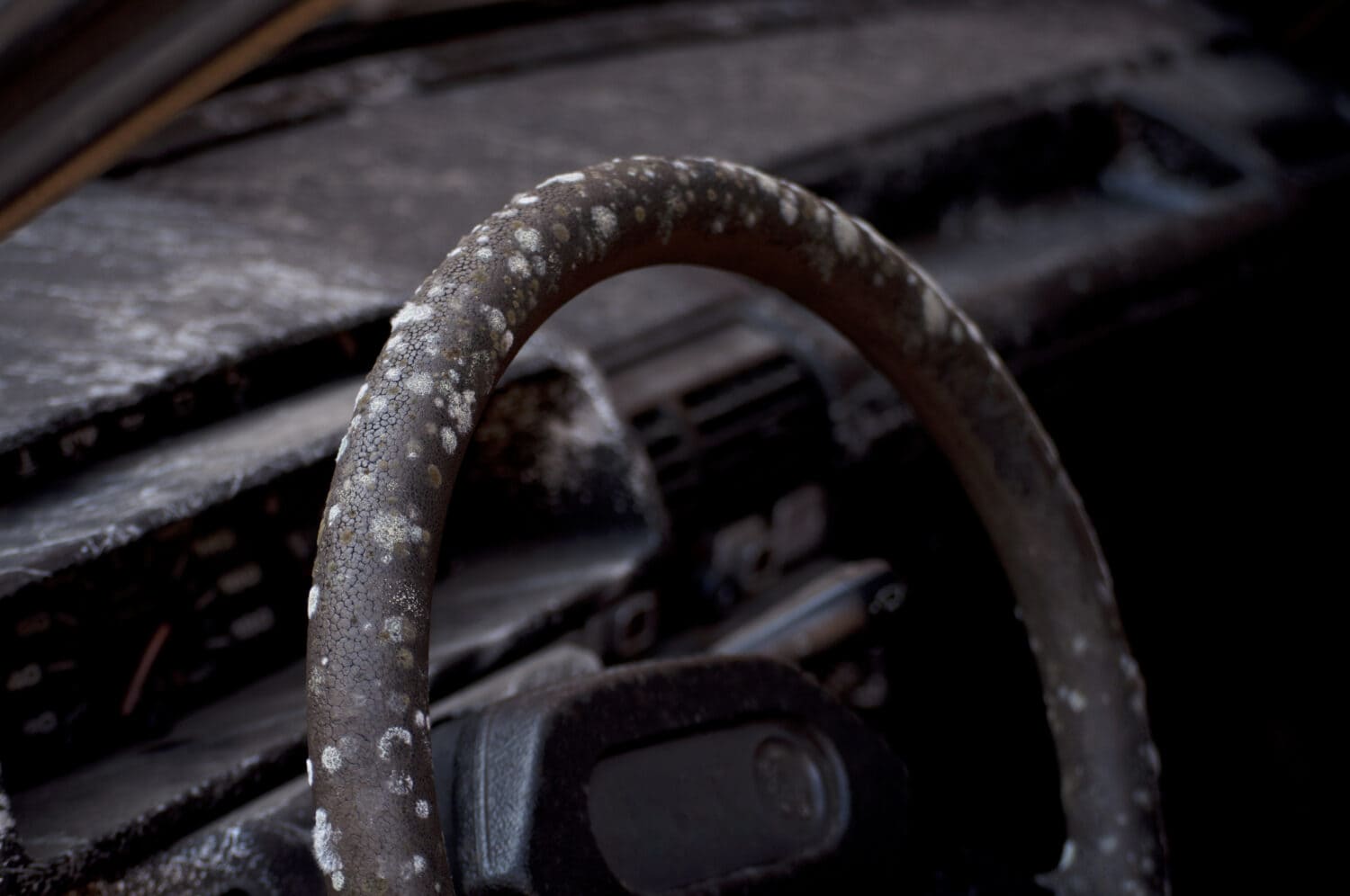
Another one of the red flags to watch out for when buying a used car is any strange or moldy smell. Similar to signs of flood damage, a moldy smell can spell trouble for the health of the car. Much like flood damage, a noticeable mold smell suggests the car has taken on some type of water or moisture damage.
Even if the moldy smell makes you check the car thoroughly and you find no sign of flood damage, think twice. Any car being resold that retains an unpleasant odor should give you cause for concern. It suggests, even generally, you will have to pay good money to fix the car in the future. (For iconic cars, discover cars that define the baby boomer generation.)
